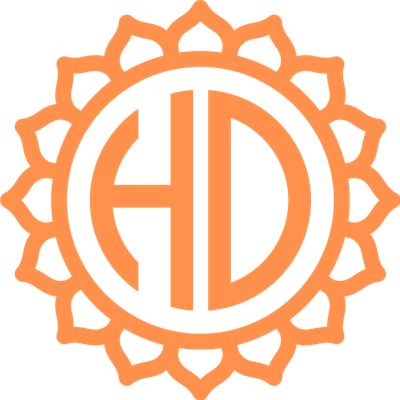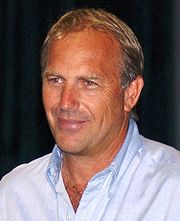Kevin Costner's Human Design Chart
3/5 Sacral GeneratorKevin Costner: A Legendary Actor and His Human Design
Kevin Costner, an acclaimed American actor and filmmaker, is known for his remarkable contributions to Hollywood. Born on January 18, 1955, in Lynwood, California, Costner has captivated audiences worldwide with his charismatic performances and dedicated approach to his craft. As a Generator according to Human Design, with a Sacral inner authority, Costner embodies the attributes of determination, hard work, and a commitment to responding authentically to life’s opportunities. This Human Design insight offers a deeper understanding of his unique journey in the entertainment industry.
Early Life and Education
Kevin Costner’s journey began in a family led by his father, Bill Costner, a telephone lineman, and his mother, Sharon Rae. Growing up in various small towns across California, Costner experienced a transient childhood, changing high schools four times. Standing at 5’2″ during his formative years, he was a shy and insecure boy, often feeling like a loner and a late bloomer. However, this period of his life was crucial in shaping his future resilience and adaptability, traits characteristic of his Generator type.
Academically, Costner was an average student, yet he excelled in sports, harboring dreams of a professional baseball career. He attended California State University, Fullerton, where he majored in business administration. It was during his senior year that he discovered acting, a passion that would transform his life. Costner graduated in 1978, armed with a degree in marketing but a heart set on pursuing the arts.
Acting Career: From Breakthroughs to Stardom
Costner’s Human Design profile of 3/5, guided by the Right Angle Cross of Laws, signifies a natural tendency to explore, experiment, and learn from experiences. This was evident as he navigated the early years of his acting career. After a brief stint in a marketing firm, which lasted only one month, Costner committed himself fully to acting. His passion and perseverance led him to star in several notable films during the 1980s, including “The Untouchables,” “No Way Out,” “Silverado,” and “Field of Dreams.”
Costner’s sacral authority guided him to respond authentically to the opportunities and roles that resonated with him. His breakout moment came with “Dances With Wolves” (1990), a visually breathtaking Western epic that he starred in, directed, and co-produced. The film, which was a powerful blend of storytelling and cinematic artistry, won seven Academy Awards, including Best Picture and Best Director. This achievement marked Costner as the first major movie star to win Oscars for both directing and producing a blockbuster film.
Personal Life: Relationships and Family
In his personal life, Kevin Costner’s Human Design channels, such as the 18-58 Channel of Judgment and 3-60 Channel of Mutation, reflect his deep desire for improvement and transformation. He married Cindy Silva, a biology student he met in college, in 1978. The couple had three children: Annie, born in April 1984; Libby, in August 1986; and Joe, in 1988. Despite their divorce in 1994, which resulted in one of the most substantial settlements in Hollywood history, they maintained a friendly relationship and shared custody of their children.
Costner’s journey through relationships saw its ups and downs. After his marriage to Silva ended, he experienced several short-lived romances, including a brief relationship with Bridget Rooney, resulting in the birth of his son, Liam. His commitment to family remained steadfast, reflected in his strong bond with his children.
In 2004, Costner married Christine Baumgartner, a handbag designer, on his ranch in Aspen, Colorado. Together, they have three children: Cayden Wyatt, born in May 2007; Hayes Logan, born in February 2009; and Grace Avery, born in June 2010. His role as a father is one he embraces wholeheartedly, often spending quality time with his family at their various residences.
Professional Challenges and Triumphs
Like any great actor, Kevin Costner faced his share of challenges. After his monumental success with “Dances With Wolves,” he experienced a period of setbacks, with films like “Waterworld” failing to resonate with audiences and critics. Despite these hurdles, Costner’s Generator type fueled by the persistent energy of his Sacral authority ensured that he continued to respond to life’s challenges with determination and resilience.
In the years following, Costner refocused his career, exploring diverse roles and projects. His strategic approach allowed him to revive his career with notable performances in films such as “Open Range” (2003), “Man of Steel” (2013), and the critically acclaimed television series “Yellowstone.” These roles not only revitalized his career but also garnered him new generations of fans.
The Essence of Human Design in Kevin Costner’s Life
Kevin Costner’s Human Design profile of 3/5, combined with the Right Angle Cross of Laws, highlights his natural inclination towards exploration, development, and leadership. His sacral authority has been his guiding force, enabling him to make decisions that align with his authentic self. The channels of Judgment and Mutation further emphasize his unique ability to enact positive change and adapt to new circumstances, both personally and professionally.
Costner’s journey is a testament to the power of Human Design in understanding one’s path and purpose. His ability to respond, adapt, and innovate has cemented his legacy as one of Hollywood’s most enduring figures.
Frequently Asked Questions
What is Kevin Costner’s Human Design Type?
Kevin Costner is a Generator according to Human Design. Generators are known for their sustainable energy and ability to bring ideas to fruition through consistent, authentic responses to life’s circumstances.
How has Kevin Costner’s Sacral Authority influenced his career?
Costner’s Sacral Authority has guided him to make decisions that align with his true self. It has enabled him to navigate his career with intuition and authenticity, leading to breakthroughs like “Dances With Wolves.”
What is the significance of Kevin Costner’s 3/5 Profile in Human Design?
The 3/5 Profile in Human Design signifies a natural tendency towards exploration and learning from experiences. For Costner, this has meant a career filled with experimentation, adaptation, and growth
Discover More Famous People
Browse and analyze over 55,000 public figures and celebrities.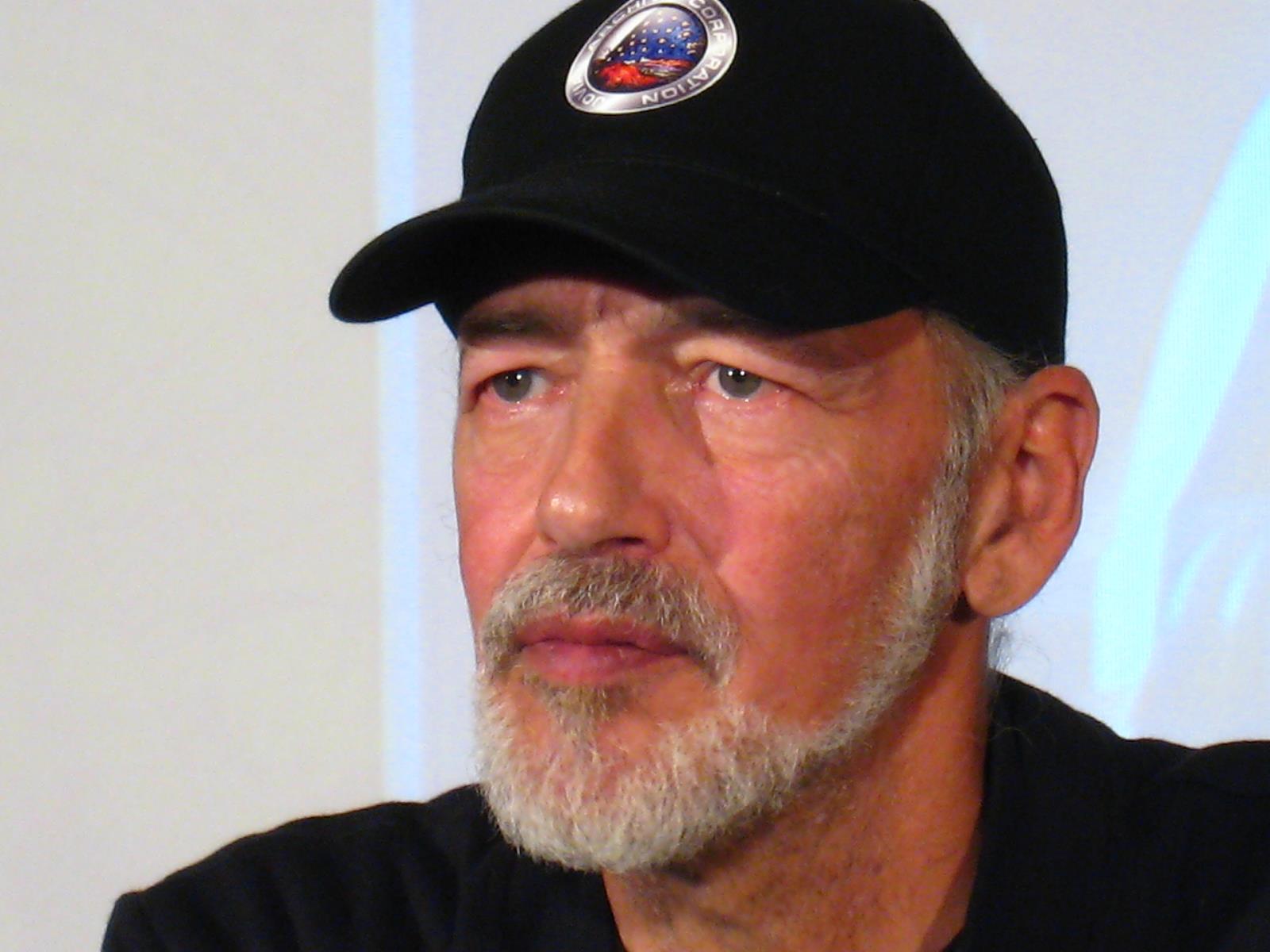
Ra Uru Hu
5/1 Manifestor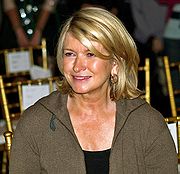
Martha Stewart
4/6 Manifestor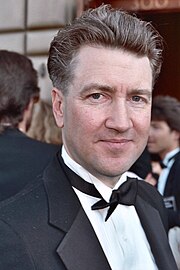
David Lynch
4/6 Generator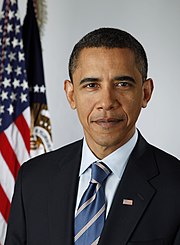
Barack Obama
6/2 Projector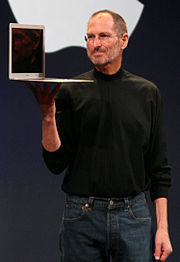
Steve Jobs
6/3 Generator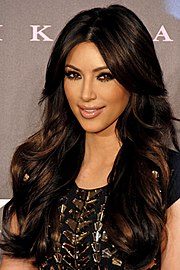
Kim Kardashian
3/5 Generator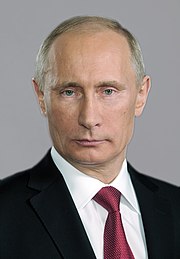
Vladimir Putin
5/1 Manifestor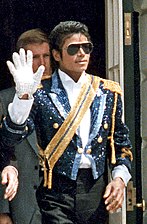
Michael Jackson
1/3 Projector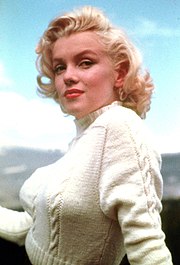
Marilyn Monroe
6/2 Projector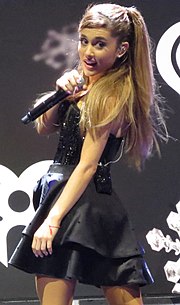
Ariana Grande
2/4 Projector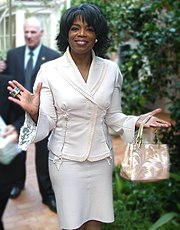
Oprah Winfrey
2/4 Generator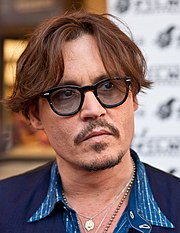
Johnny Depp
2/4 ManifestorWhat is HumanDesign.ai and how does it work?
Curious what makes Kevin Costner tick? HumanDesign.ai instantly maps their exact birth data into a fully interactive clickable bodygraph chart, letting you hover or tap every center, channel, and gate for plain-language explanations. Bella, the platform’s built-in AI guide, adds context in real time, translating complex mechanics into everyday insights so you can see how Kevin Costner’s strengths, challenges, and life themes play out on-screen.
The same tools are waiting for you. Generate your own Human Design Chart in seconds, open a library of 2000+ suggested questions, and chat with Bella as often as you like to decode your design, daily transits, and even relationship dynamics.
Want to compare energies? Save unlimited charts for friends, family, or clients, then ask Bella to reveal compatibilities, composite patterns, or coaching tips, all in one conversation thread.
Start free with core features, or unlock our Personal and Pro plans for deeper dives: unlimited Q&A, celebrity chart search spanning 55,000+ public figures, white-label PDF reports, branded content generation, and a professional profile with built-in booking for practitioners. Whether you’re exploring your own potential or guiding others, HumanDesign.ai delivers an ever-expanding toolbox of AI-powered insights—no spreadsheets, no jargon, just clarity at your fingertips.
Ready to see yours? Signup for FREE today!
